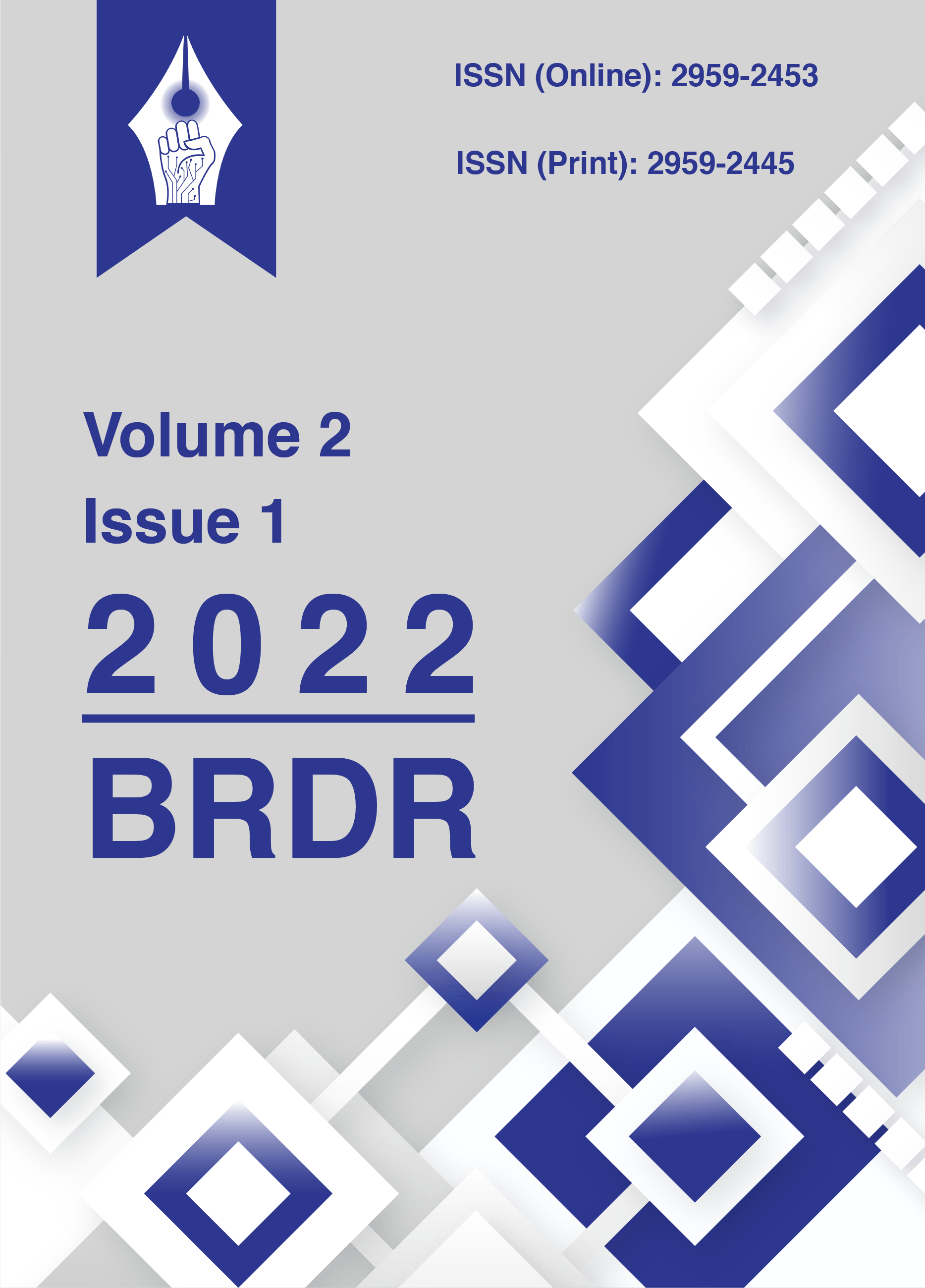Industry 4.0 and Digital Revolution: Does 4th Industrial Revolution Influence Manufacturing Capability in Textile Industry of Pakistan?
Main Article Content
Abstract
This article explores the relationship between big data, Internet of Things (IoT), and interoperability on the manufacturing capability of the textile industry. The textile industry is a complex and dynamic industry that faces numerous challenges, such as production inefficiencies, supply chain management, quality control, and energy usage. To address these challenges, textile companies are leveraging big data, IoT, and interoperability to improve their manufacturing capability. Big data enables textile companies to collect and analyze vast amounts of data to make data-driven decisions, while IoT allows for the integration of physical devices and sensors to provide real-time insights and optimize production processes. Interoperability ensures that different systems and devices can communicate and exchange data with each other, improving supply chain management, quality control, predictive maintenance, and energy usage. However, the implementation of these technologies also presents challenges, such as the complexity of the production process, the cost of investment, and data security and privacy concerns. Despite these challenges, textile companies must embrace and invest in these technologies to stay competitive in today’s marketplace and meet the demands of their customers. In conclusion, big data, IoT, and interoperability are essential tools for textile companies to improve their manufacturing capability and succeed in today’s rapidly changing marketplace.
Downloads
Article Details
Issue
Section

This work is licensed under a Creative Commons Attribution-NonCommercial 4.0 International License.
All articles published in Business Review of Digital Revolution (BRDR) are licensed under a Creative Commons Attribution-NonCommercial 4.0 International License (CC BY-NC 4.0).
This license allows others to remix, adapt, and build upon the work non-commercially, and although their new works must also acknowledge the original author and be non-commercial, they don’t have to license their derivative works on the same terms.
Authors retain copyright and grant the journal the right of first publication.
